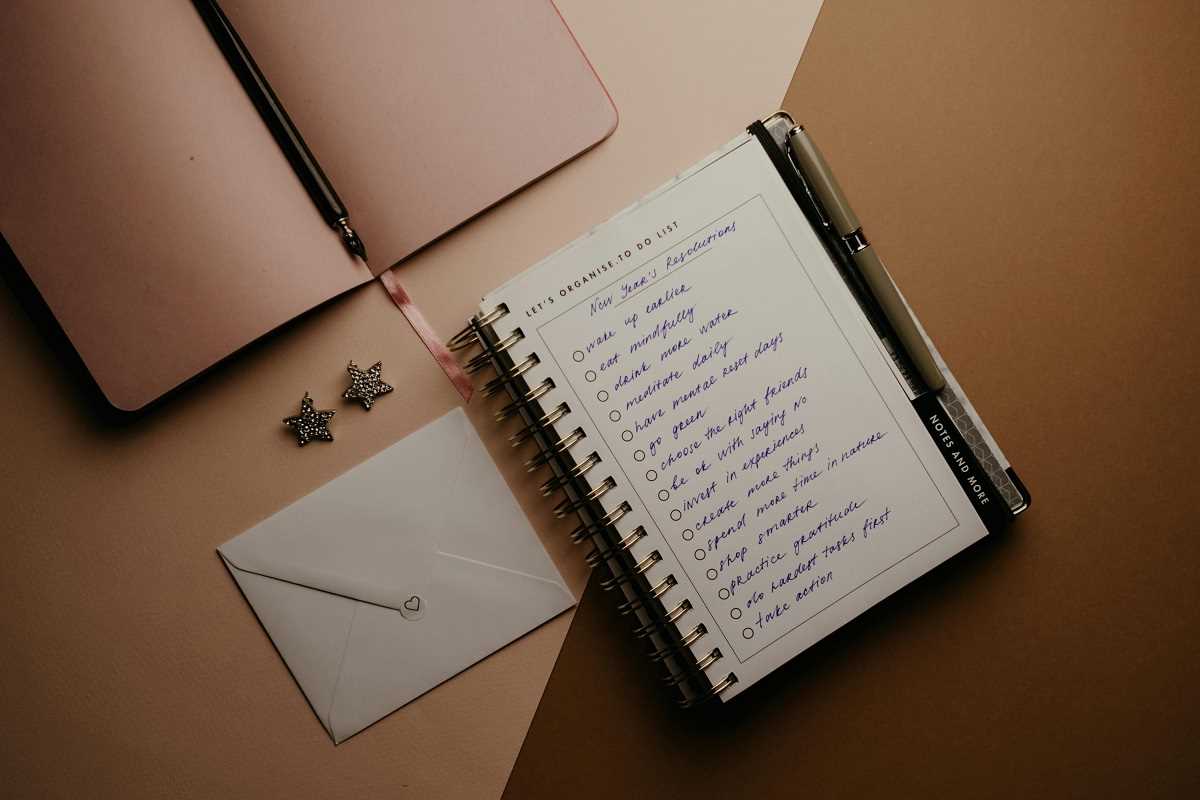We all love that fresh, crisp look of new clothes. But nothing ruins the appearance of your favorite sweater or shirt faster than those annoying little fabric fuzz balls we know as pilling. These tiny pills can make even the finest fabrics look worn out and tired. The good news? There are plenty of simple ways to prevent pilling and keep your clothes looking as good as new.
What Causes Pilling?
Pilling happens when fibers in a fabric loosen and tangle together, forming tiny balls on the surface. This usually occurs in areas of high friction, like where your arms brush your sides or on your lap when seated. While it’s a natural occurrence for many fabrics, some are more prone to pilling than others.
Fabrics made from shorter fibers (like wool, cotton, and polyester blends) are more susceptible because their loose ends easily tangle. Natural fibers, like cotton, and synthetic blends, such as polyester or acrylic, are common culprits. Conversely, tightly woven fabrics, like denim or linen, are less likely to pill. Knowing which materials are at greater risk can help you take the first step in prevention.
Steps to Prevent Pilling
While you can’t entirely avoid wear and tear, you can take steps to minimize pilling on your clothing. Here are some simple yet effective strategies to help you prolong the life of your wardrobe:
1) Choose the Right Fabrics
- When shopping for new clothing, pay attention to the type of fabric. Opt for tightly woven fabrics like merino wool, denim, or silk blends, which resist pilling better than loosely knit materials. Look for “combed cotton” or “long-staple cotton,” as these fabrics have fewer loose fibers that can pill.
- If you’re buying synthetic fabrics, choose items made from high-quality polyester or nylon as they tend to be more durable.
- Fabrics labeled as “anti-pilling” are also a great choice, as they’ve been treated to minimize fiber breakage.
2) Wash Clothes Inside Out
- Friction during washing is one of the biggest causes of pilling. Turning your clothes inside out before washing can help protect the outside fibers from rubbing against other garments.
- This small step can make a big difference, especially for delicate items.
3) Use a Gentle Wash Cycle
- Laundry machines, while convenient, can be harsh on fabrics. To minimize friction and reduce the chance of pilling, wash your clothes on a gentle or delicate cycle. These settings use slower spin speeds and less agitation, which are gentler on your garments.
- It’s also a good idea to avoid overloading the machine, as this increases friction between items.
4) Wash Similar Fabrics Together
- When washing clothes, group items made of similar fabrics together. Mixing delicate fabrics with heavier materials like denim can create excessive abrasion, leading to more pilling.
- Sorting your laundry by fabric type not only protects against pilling but also helps your clothing get cleaner.
5) Use a Mild Detergent
- Choosing the right detergent can also impact your fight against pilling. Harsh detergents can weaken fibers and accelerate wear and tear. Opt for a mild, liquid detergent designed for delicate fabrics.
- Wool-specific detergents are an excellent option if you’re washing sweaters or knitwear prone to pilling.
6) Avoid High Heat in Dryers
- Heat weakens fibers, making them more prone to breakage and pilling. To prevent this, air-dry your clothes whenever possible. If you need to use a dryer, select the lowest heat setting and remove garments while they’re still slightly damp.
- Laying clothes flat or hanging them to finish drying will help maintain their shape and reduce pilling.
7) Use Laundry Bags for Delicates
- For fabrics that are highly prone to pilling, like sweaters or activewear, use mesh laundry bags during washing.
- These bags create a barrier between clothes, reducing the amount of friction during the wash cycle.
How to Handle Existing Pills
Sometimes, pilling is inevitable no matter how careful you are. Luckily, it doesn’t have to be permanent. Here are a few tools and methods to remove pills and restore your clothes to their former glory.
- Fabric Shavers: Fabric shavers are compact devices that remove pills quickly and efficiently. Simply run the shaver over the fabric's surface, and it cuts away pills without damaging the underlying fibers. These tools are affordable and incredibly easy to use, making them a wardrobe essential.
- Pumice Stone or Sweater Comb: A pumice stone or sweater comb is another effective way to deal with pilling. Gently brush the surface of the fabric to lift and remove pills. This method is especially useful for sweaters and other knits.
- Scissors for Stubborn Pills: If pills are deeply embedded or hard to remove, use small scissors to carefully snip them away. Be mindful not to cut the fabric itself—this method requires a steady hand and a bit of patience.
- Adhesive Tape: For a quick fix on the go, adhesive tape works wonders. Wrap a piece of tape around your fingers with the sticky side out, press it onto the pills, and peel them away. While this isn’t ideal for large areas, it’s a convenient option for small touch-ups.
Maintaining Clothes for Longevity
Preventing pilling is just one part of maintaining your clothes. To make your wardrobe last longer, always follow the care instructions on clothing labels—these are designed to protect the integrity of the fabric. Invest in quality pieces when possible, as well-made garments are often better equipped to resist pilling and other wear and tear.
Additionally, rotate your clothing regularly to avoid overusing certain items. Allowing time between wears reduces the friction and stress placed on the fabric, extending its lifespan. Your favorite sweater or go-to T-shirt deserves to look as great as the day you bought it. By following these tips, you can make sure it does.
 (Image via
(Image via





